UK Government changes official guidance to include non-binary people on forms
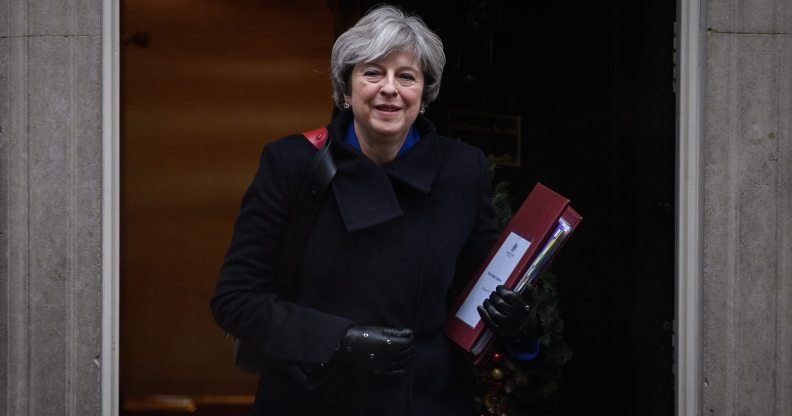
(Getty)
Update: The guidance has been pulled off the government website and replaced with the previous guidance. It is understood that a similar version of this guidance will be launched this month.
A government spokesperson told PinkNews that despite being uploaded to a government website and sent to PinkNews as government policy, “this is not government policy.
“We are constantly looking at ways across government to become more inclusive and diverse, including in our approach to gender, and will update our guidance in due course.”
The UK Government has issued new guidance which directs staff to include a non-binary option on forms.
New services will also be told to avoid asking people for their gender or sex, unless “you can’t deliver your service without this information.”
The guidance adds: “You should address the user as ‘you’ where possible and avoid using gender binary pronouns like ‘he’ and ‘she’.
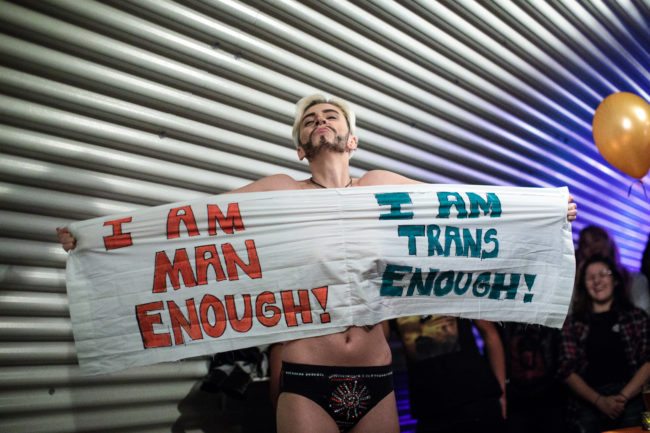
(Getty)
“Never try to guess someone’s gender or sex based on personal characteristics such as their name, title, appearance or voice,” it continues.
“You should also avoid asking for someone’s title.”
The step is part of “a general move” towards having a third gender option on passports, said Louise Downe, Head of Design for the UK Government.

“We previously had options which said male, female and unspecified, so we’ve always given an option to opt out of the gender binary, but the current guidance makes it more specific,” she explained.
“I would expect to see lots more services introduce this as an option in the near future.
“It definitely feels like a step in the right direction,” she added.
“This is a good first step in saying we want to be more inclusive of trans and non-binary people.”
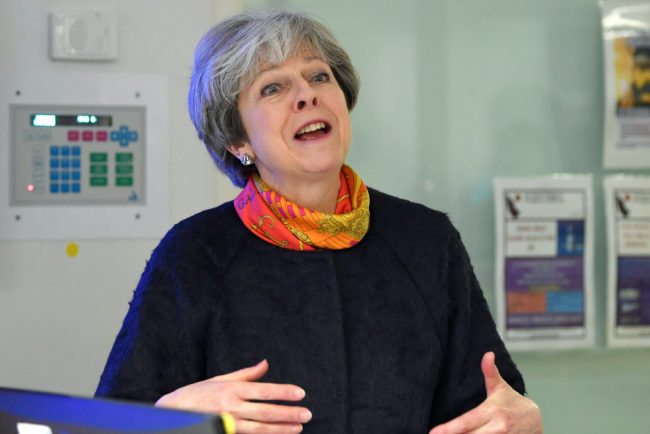
(Getty)
She pledged that this was part of a progressive programme which would be implemented in 2018.
“This is one change of many we’re planning to make over the next few months to make government services in the UK more inclusive of trans and nonbinary people,” said Downes.
She added that “we’re working closely with a number of LGBT+ organisations to do so.”
The new guidance comes less than a year after Stonewall called for the recognition of non-binary people on British passports.
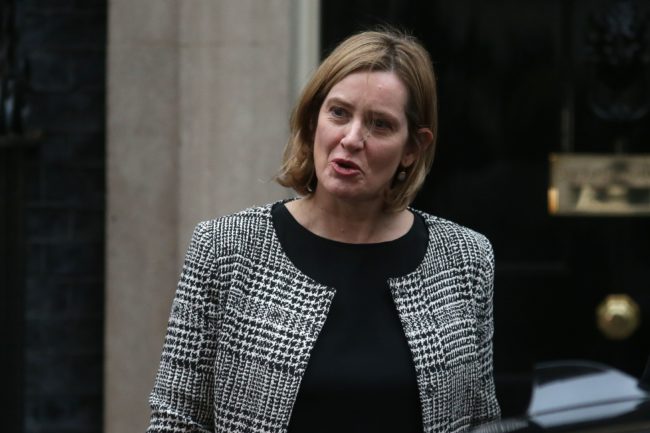
Britain’s Home Secretary and Minister for Women and Equalities Amber Rudd (Getty)
According to the proposal, released in April as part of the LGBT charity’s “five-year plan” for trans inclusion, the government would include a new “X” gender category on passports.
Australia, New Zealand and Nepal already allow third-gender or gender X passports, while Canada allows foreign visitors to identify themselves as “other” on official forms.
The UK has seen gradual progress towards recognition of non-binary people over the last year, for instance when HSBC introduced 10 new gender-neutral pronouns which customers could use.
However, anti-trans sentiment has remained dispiritingly strong in the British media.
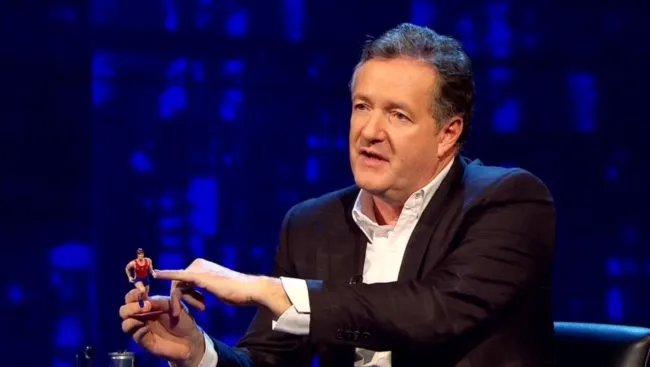
(ITV)
Piers Morgan on ITV’s Good Morning Britain has consistently used his platform to attack trans people, including those who identify as non-binary.
And just last month, a horrendous story in The Sunday Times depicted a trans woman as a potentially violent monster.

(The Sunday Times)
It featured a woman who was described as “a burly transgender patient” and “extremely male-bodied”.
This kind of language is often used by anti-trans people.

